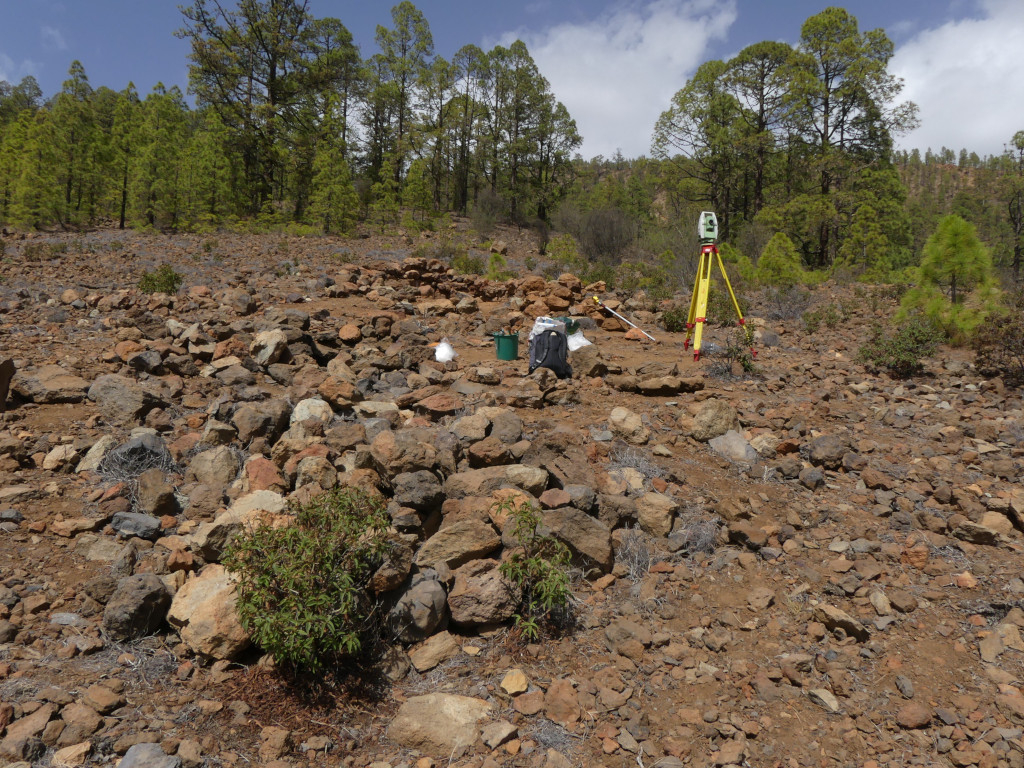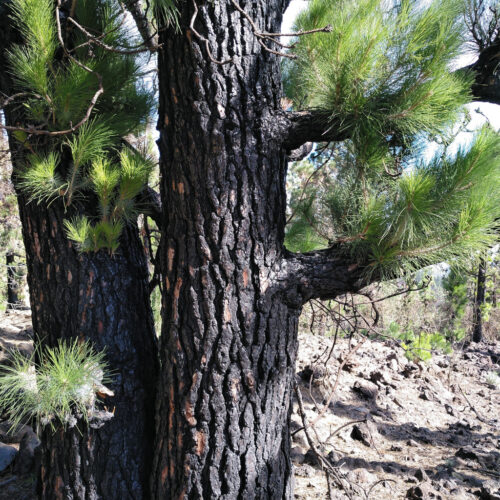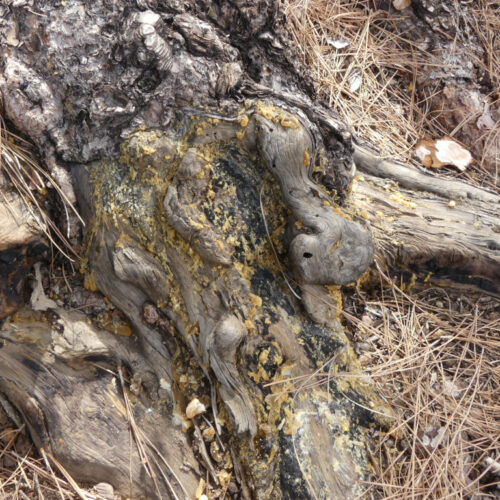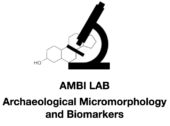Tar production and experiments with Canarian Pine
Tar Production and Experiments with Canarian Pine
Pine wood has a great combustion potential for its high resin content and it has been used as fuel since the Palaeolithic, as well as a source of tar, a versatile sticky, hydrophobic material. We are currently carrying out chemical investigations on pine combustion and tar production. To identify the lipid molecular compounds that form during pine wood burning (pine combustion pyromarkers), we carry out lab burning experiments and make controlled open-air fireplaces in which we burn Canarian pine wood. We also collect samples of the residues left behind after natural fires in Tenerife’s pine forest. To investigate tar, our main study site is the Camas Verdes tar oven, in Arico, Tenerife. It is an archaeological structure dating to the 15th Century, a time in which tar production was an essential economic activity. Tar was an essential material for waterproofing the wooden ships going to America dn Africa. Thus, the Canary Islands developed numerous tar-production facilities, which were located at the raw material source areas: the pine forests.

Our lipid biomarker analyses will help characterize the tar production process by identifying different pyromarkers, or lipid molecular compounds that form from the thermal degradation of Canarian pine wood and resin during the heating process at specific temperatures. In turn, these pyromarkers and the ensuing knowledge on tar production will be useful for the interpretation of archaeological tar residues from other contexts of different chronologies.


Modern Age tar oven installations in the Canary Islands are made of basalt stone. They are built on steep slopes in the pine forests, at altitudes near 2000 m.a.s.l. They are composed of different structures having different functions. Upslope there was the main oven pit, a dug-out pit lined with basalt rocks in which resin-rich wood was deposited and heated (at unknown temperatures) for resin exudation. Downslope and connected to the main oven by a stone channel covered with a plaster of unknown composition was the cooking pit, also excavated and lined with basalt rocks, in which hot resin in liquid state would be heated (to unknown temperatures) until tar was produced. For our study, we sampled tar and sediment from different structures to obtain information about the technical process. So far, we have collected and analyzed samples from the main oven pit, the cooking pit, and the channel connecting both. We also collected fresh pine resin and wood samples to carry out burning experiments.
Our research on Canarian pine wood burning and tar production will provide experimental and archaeological reference data on the lipid molecular composition of pine resin, wood and tar. These data will be useful to interpret pine-fuelled archaeological hearths and archaeological tar-related features or residues. We will also contribute to the understanding of Modern Age tar production in Canary Island stone oven installations.
Funding

